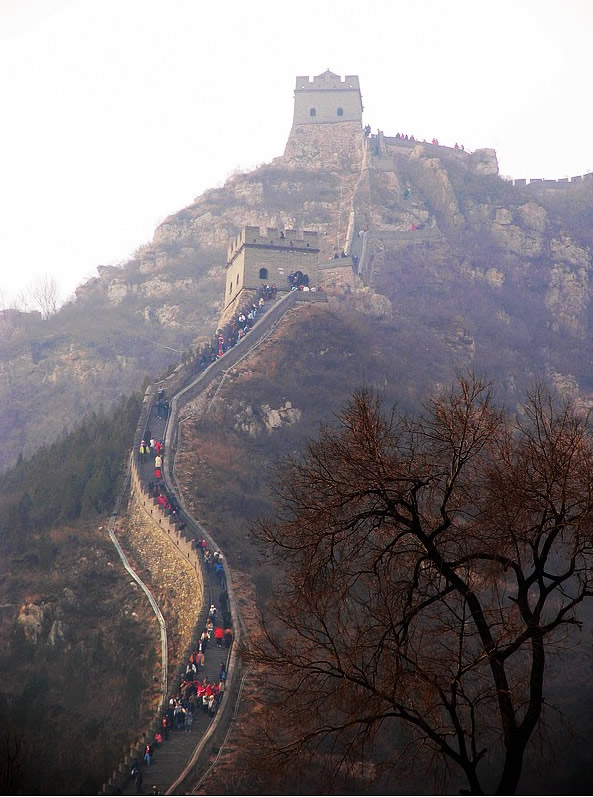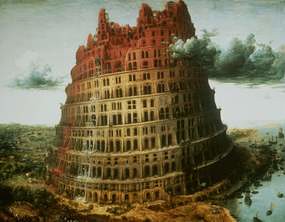The Great Wall of China - The Farming Garrison

It was not until the Ming Dynasty that the army became the sole builder of the wall. The idea of a permanent or shifting farming-garrison had improved during the centuries and it had reached its perfection during the late thirteen and fourteen century A.D.. The Mings had made the military service hereditary, and once a man was enrolled his family became a military
The Ming military system was based on a hierarchical level; its leaders were chosen from among the dukes, marquis, earls, military governors of provinces and provincial military commanders and each of them had precise duties, which varied from being the commander in chief of military forces, the sub-commander, the defender of the city, the commander of the garrison forces who also had its deputies and so on going downwards to the simple officers1 . These latter three had the duties of routine defence, as well as building, repairing and maintaining the wall, the passes, the beacon towers, the barracks, collecting animal dung, and looking after all the other edifices that were part of the Ming’s military system, which

The zhen were divided into Wei. Each wei commanded 5,600 men, and was sub divided into qianhu suo (qianhu meaning one thousand households) each commanding 1,200 men, which again split into baihu suo, or hundred-household suo, each having 120 men. The latter again consisted of two zonqi (big banners), each leading 50 men. The smallest or basic unit was xiaoqi (small banner), each made up of ten men.2And, as Hayes notes, a single warrior could guard two hundred yards of the wall and nine men would be sufficient for a mile of fortification3; this gives an idea of the effectiveness of this structure and its unique system of communication.
1- Cheng Dalin, The Great Wall of China, New China News LTD., China, 1984, Web page: http://www.meet-greatwall.org/english/gwcn/egwcn25.htm
2- ibid.
3- L. Newton Hayes, The Great Wall of China, Kelly & Walsh LTD., Shanghai, 1929, p. 15.
Labels: China Great Wall, Farming Garrison, History



0 Comments:
Post a Comment
<< Home